Peruvian Black-Head Roach: The Ultimate Care Guide
Are you looking for a new and exotic pet to add to your collection? Do you want to learn how to care for one of the most attractive roach species in the world? If so, you’ve come to the right place. In this care sheet, you’ll discover everything you need to know about the Peruvian black-head roach, also known as Blaberus parabolicus “Colombia”.
The Peruvian black-head roach is a relatively new addition to the hobby, and it’s not hard to see why. This roach has a striking appearance, with a glossy black head, a dark brown body, and a yellow-orange spot on the pronotum. It’s also one of the largest roach species, reaching up to 2 inches in length.
But don’t let its size or color intimidate you. The Peruvian black-head roach is a hardy and resilient insect that can thrive in a variety of conditions. It’s also easy to breed, as females give birth to live offspring instead of laying eggs.
In this care guide, you’ll learn how to set up a suitable enclosure, what to feed your roaches, how to maintain the optimal temperature and humidity, and more. By following these simple steps, you’ll be able to enjoy your Peruvian black-head roaches for years to come.
How to Set Up a Peruvian Black-Head Roach Enclosure
The first step to caring for your Peruvian black-head roaches is to provide them with a spacious and secure enclosure. A 5-10 gallon tank with a tight-fitting lid is ideal, as it will prevent any escapes. You’ll also need to ensure adequate ventilation, either by drilling holes in the lid or using a mesh screen.
The next step is to choose a suitable substrate for your roaches. This is the material that covers the bottom of the tank and provides a medium for burrowing and hiding. Some of the best substrates for Peruvian black-head roaches are coconut fiber, sphagnum peat, potting soil, or a mix of these. You’ll want to have at least an inch or two of substrate in your tank.
The final step is to add some decorations and hides for your roaches. These are essential for creating a natural and stimulating environment, as well as providing shelter and security. Some of the best items to use are cardboard tubes, eggcrate, vertically slanted bark, and plywood “roach-huts”. You can also add some leaf litter, moss, or wood pieces to enhance the aesthetics and provide additional hiding places.
How to Feed Your Peruvian Black-Head Roaches
The Peruvian black-head roach is not a picky eater, and it will readily consume a variety of foods. However, you’ll want to provide a balanced and nutritious diet to ensure their health and longevity. A good staple diet for Peruvian black-head roaches is dog/cat/fish/chick feed, as it contains all the essential proteins, fats, vitamins, and minerals they need. You can also supplement their diet with fresh fruits and vegetables, such as apples, bananas, carrots, lettuce, and cucumbers. These will provide extra moisture and fiber, as well as some natural sugars.
You’ll want to feed your roaches once or twice a week, depending on the size and number of your colony. You can either place the food in a shallow dish or scatter it on the substrate. Make sure to remove any uneaten food after a day or two, as it can attract mold and pests. You can also add some leaf litter to your tank, as some roaches may benefit from eating it.
As for water, you don’t need to provide a water dish for your roaches, as they can get enough hydration from their food. However, you can mist the tank lightly once or twice a week to maintain some humidity and provide some droplets for your roaches to drink. Just be careful not to overdo it, as too much moisture can cause mold and bacterial growth.
How to Maintain the Optimal Temperature and Humidity for Your Peruvian Black-Head Roaches
The Peruvian black-head roach is a tropical species, and it prefers warm and humid conditions. The ideal temperature range for this roach is 75-85°F, which can be achieved by using a heat mat, a heat lamp, or a room heater. You’ll want to monitor the temperature regularly with a thermometer, and adjust it as needed.
The ideal humidity range for this roach is 50-70%, which can be achieved by using a substrate that retains moisture, misting the tank occasionally, and providing a humidity gradient. A humidity gradient is a variation of humidity levels across the tank, which allows your roaches to choose their preferred level of moisture. You can create a humidity gradient by keeping one half of the tank humid, and the other half dry. You’ll want to monitor the humidity regularly with a hygrometer, and adjust it as needed.
How to Breed Your Peruvian Black-Head Roaches
The Peruvian black-head roach is one of the easiest roach species to breed, as it reproduces by live birth instead of laying eggs. This means that you don’t have to worry about incubating or hatching eggs, or providing a separate breeding container. All you need to do is provide a suitable environment, a healthy diet, and a male-female ratio of 1:3 or 1:4.
The gestation period for this roach is 2-4 months, depending on the temperature and food availability. During this time, the female will develop a large and swollen abdomen, which contains 20-30 live nymphs. When she is ready to give birth, she will release the nymphs from her abdomen, and they will emerge fully formed and ready to eat.
The nymphs will take 4-8 months to mature, depending on the temperature and food availability. During this time, they will molt several times, gradually changing their color and size. The final molt will occur when they reach adulthood, and they will develop wings and reproductive organs.
The Peruvian black-head roach can hybridize with other Blaberus species, so you’ll want to keep them separate if you want to maintain pure strains. You’ll also want to remove any dead roach bodies from the tank, as they can attract phorid flies, which are parasitic insects that can harm your roaches.
Conclusion
The Peruvian black-head roach is a fascinating and beautiful insect that can make a great pet or feeder for your reptiles and amphibians. By following this care guide, you’ll be able to provide them with a comfortable and stimulating environment, a balanced and nutritious diet, and the optimal temperature and humidity. You’ll also be able to breed them easily and enjoy watching their life cycle.
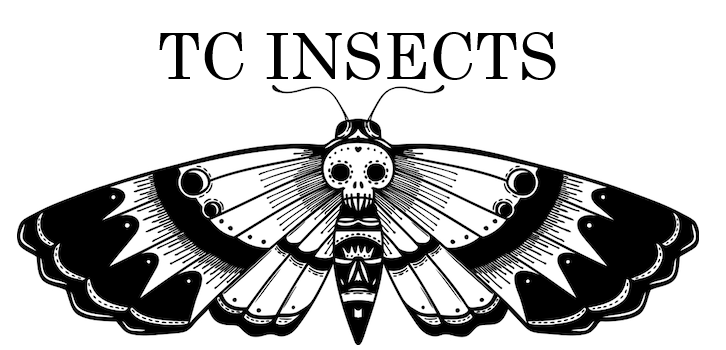


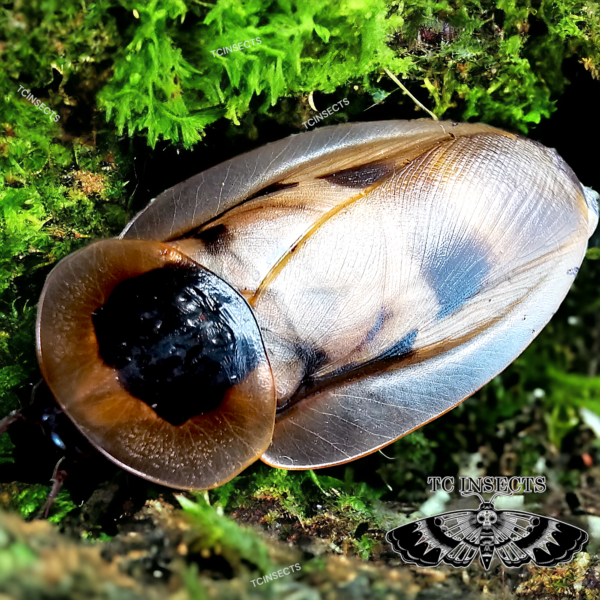
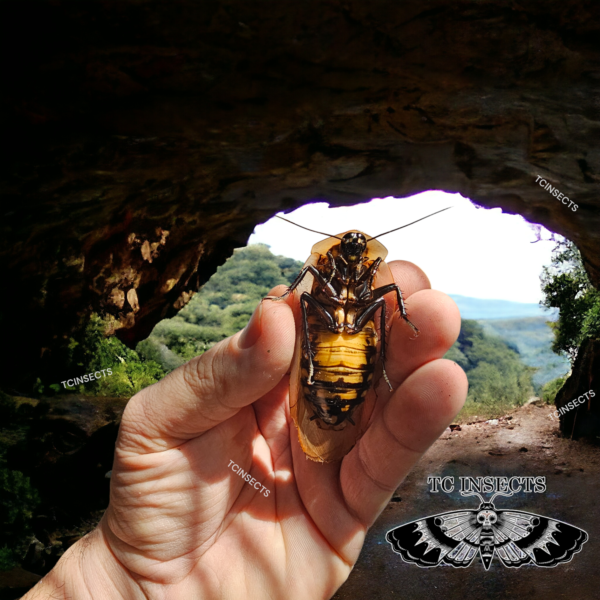
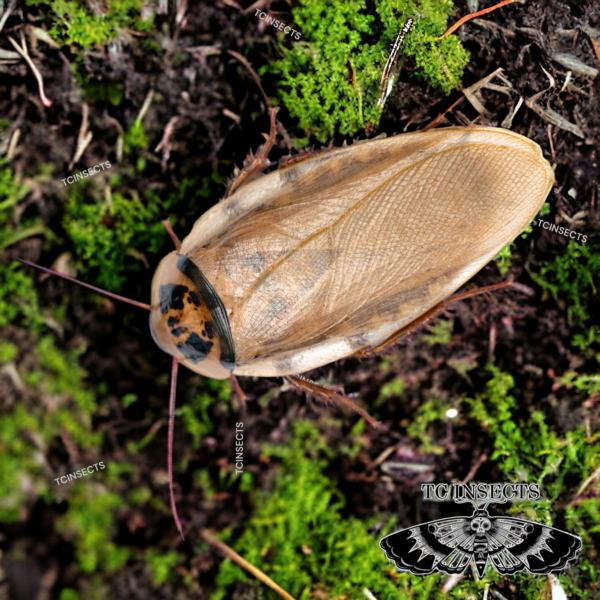
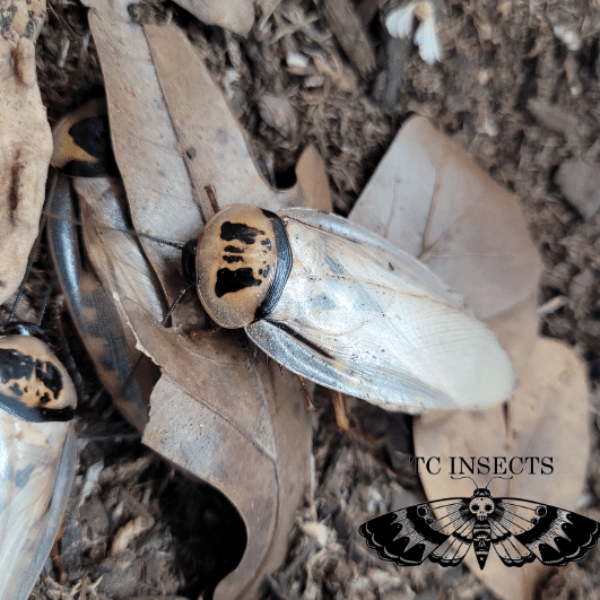
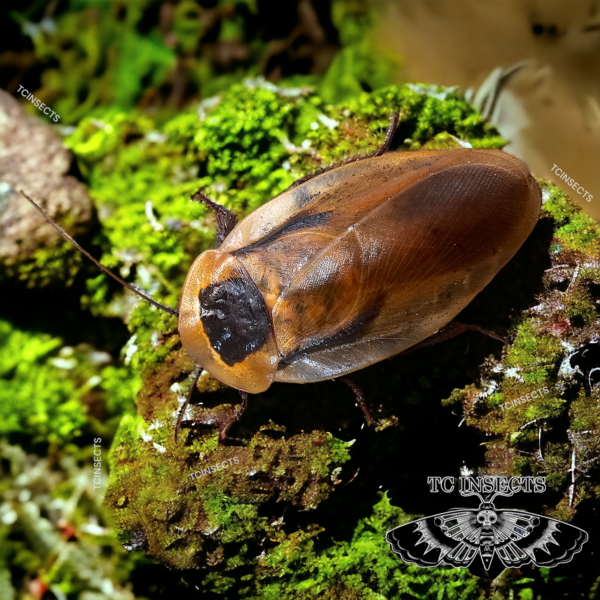
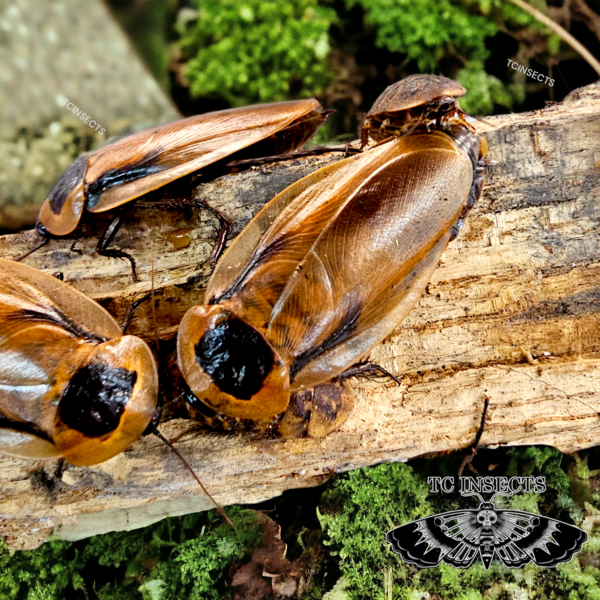
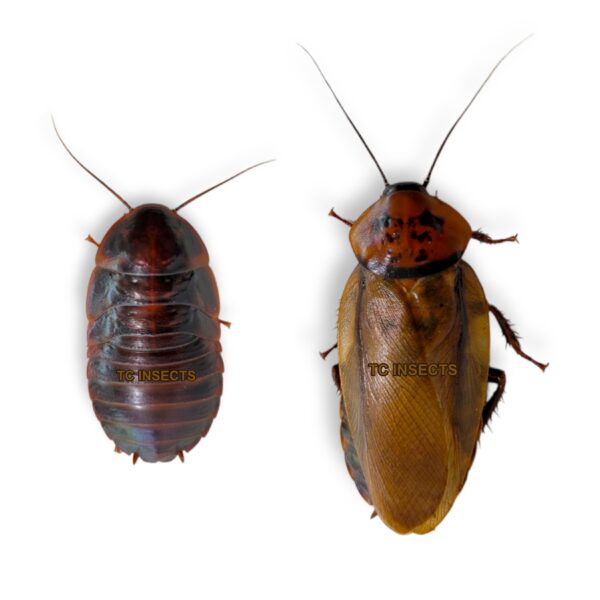
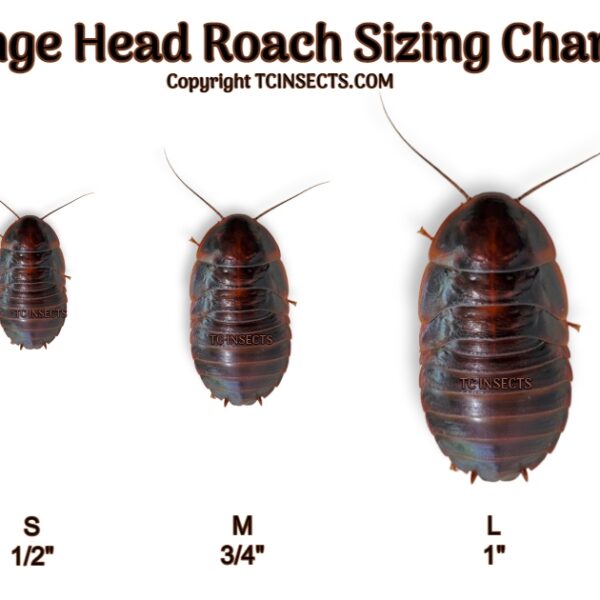
Reviews
There are no reviews yet.